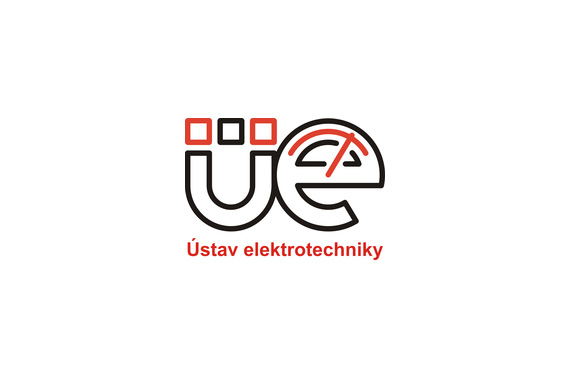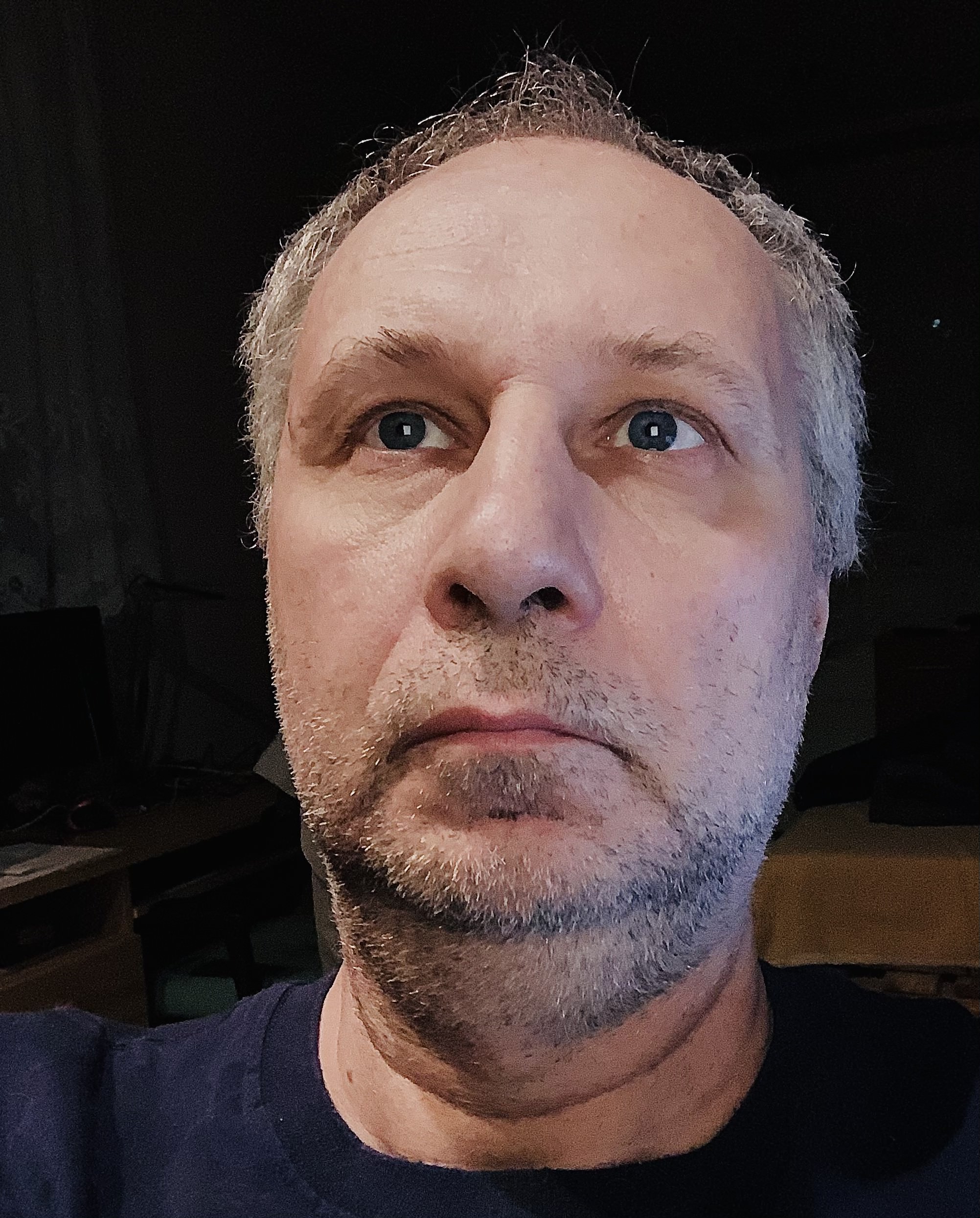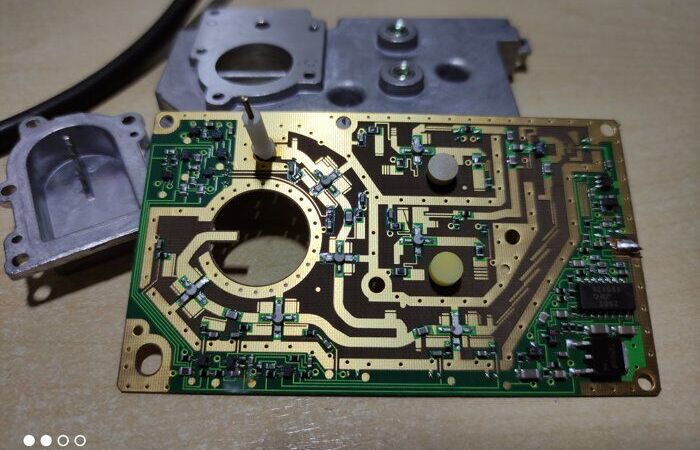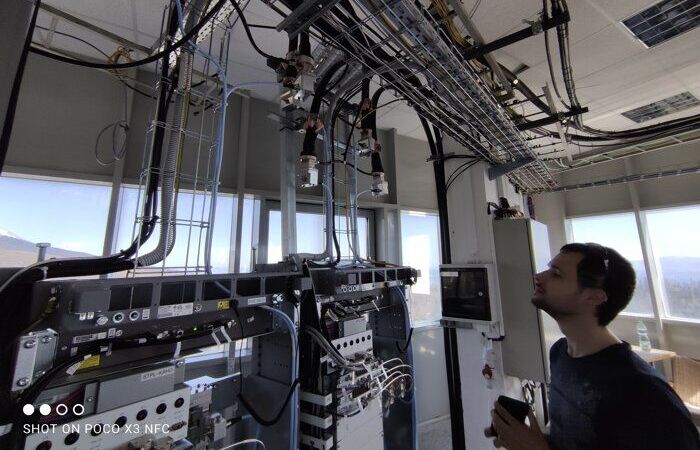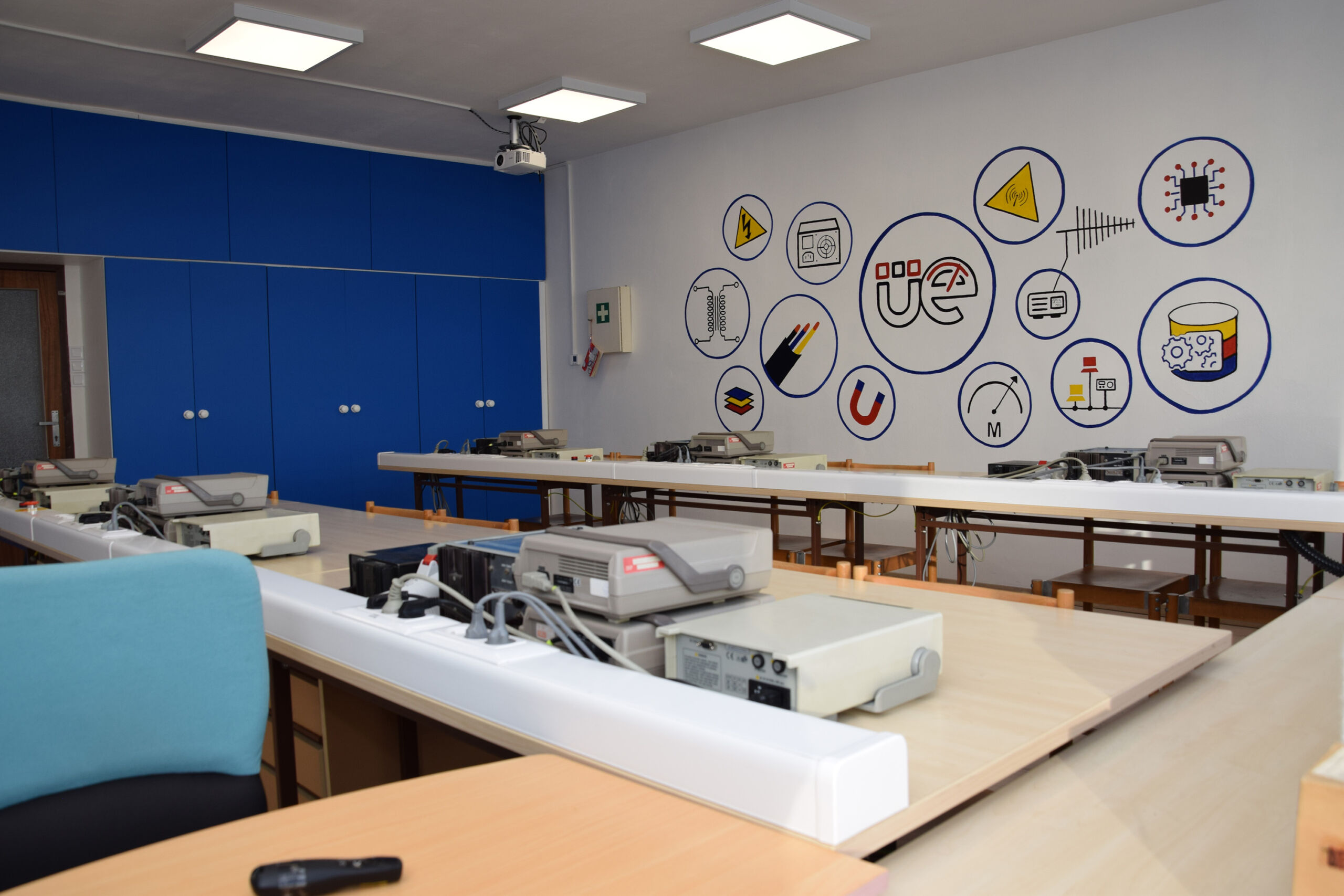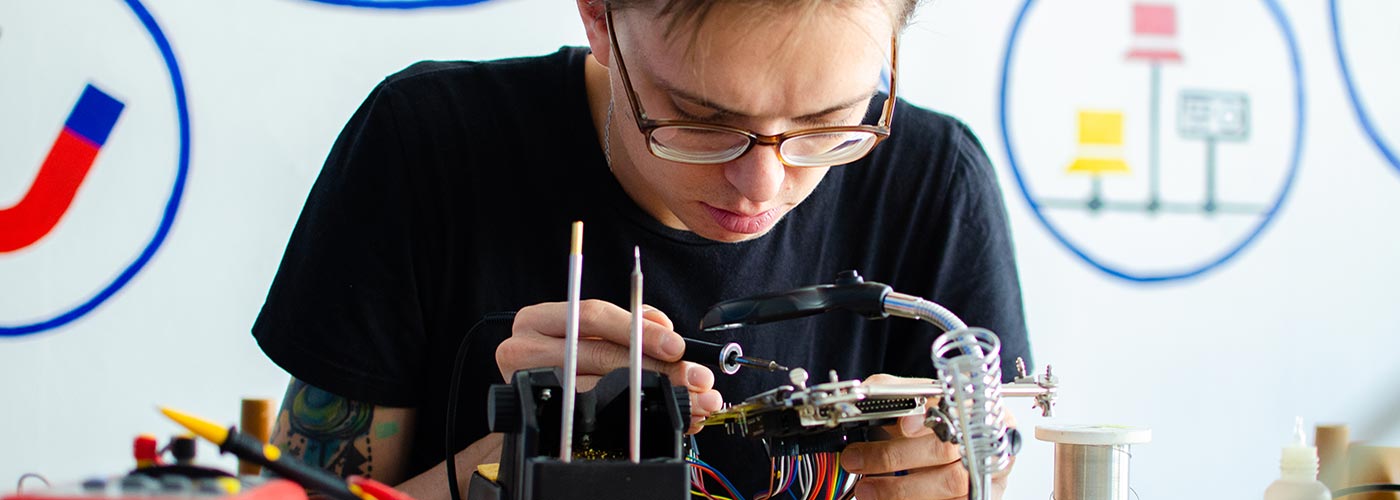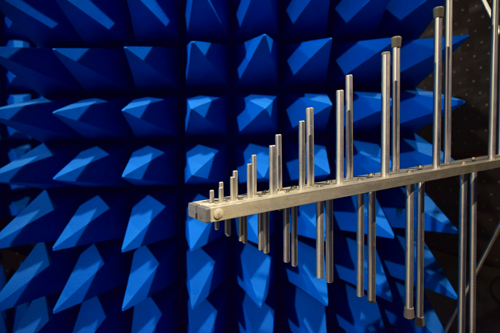Activities
Excellent combination of software, hardware and modern technologies
We offer a wide range of modern teaching and professional activities.
He is an expert in the field of Measurement of high frequency electromagnetic fields (EMF) and sensors of physical quantities that work on the basis of EMF. He graduated from the Faculty of Electrical Engineering of STU in 1992 with a degree in Radio Engineering. He obtained his PhD degree in 1999, where he defended the topic “Electromagnetic field sensors in electromagnetic compatibility” in the scientific field of Measurement Technology. In 2008 he passed the attestation in the Russian Federation for recognition of the equivalence of the diploma of Candidate of Technical Sciences. In 2009 he achieved the title of Associate Professor in Measurement Engineering and in 2016 the title of Professor of Measurement Engineering. In 2011, the Federal Service for Supervision of Education of the Russian Federation awarded him the title of Associate Professor of Measuring Engineering. Since 1993 he has been working as a university teacher alternately initially at STU, later at TnUAD Trenčín, then at IzhGTU Izhevsk, Russian Federation. Currently he works at FEI STU, where he gives lectures and exercises in the subjects Electrical Engineering 1, Electromagnetic Compatibility, Electrical Circuits and High Frequency Technique.
In the scientific and professional field, he is interested in the measurement of high-frequency EMFs both in laboratory conditions and in industrial sectors. He is interested in EMC circuitry and the design of force and pressure sensors that operate based on EMF variation. Most of his work is directed to technical collaboration with industry, he is author or co-author of 4 industrial designs, has 2 patents filed. Together with his collaborators and PhD students he developed a method for calibration of level gauges, police radars (Slovak Legal Metrology, n.o., SR), electromagnetically resistant equipment of gantry robot and rolling mill of paper machine (Bifor, s.r.o., RF), co-developed a methodology for measuring the directional characteristics of large-scale antennas, contributed significantly to the restoration of medium-wave transmitters in SR (Towercom a.s.), and collaborated in the development of the Radar Shield Wall (RSW) for the D4R7 expressway between STU and Universitat Politecnica de Valencia for FERROVIAL AGROMAN S.A. He is author of dozens of publications in WOS and SCOPUS. He has worked on dozens of projects with the scientific community and with practice. He is currently leading VEGA projects entitled “Electromagnetic Compatibility of Internet of Things Wireless Devices” and also APVV project entitled “Microelectromechanical Sensors with Radio Frequency Data Transmission”.
In the scientific-pedagogical field, he brought up 3 PhD. D. theses were mainly related to the problems of remote near EMF measurements, MEMS and RF calibration. Currently he is training 4 PhD students, whose topics are mainly focused on the needs of practice: measurement of phenomena linked with existence of EMF (change in system S parameters, mutual impedance, resonant circuits parameters, etc.), (directing 3 PhD students), radio frequency (RF) micro electro-mechanical systems (MEMS) design and development – 2 successful VEGA projects. Currently he is the guarantor of the engineering study “Applied Electrical Engineering”, PhD study “Measurement Technology”, habilitations and inaugurations in the field of “Theoretical Electrical Engineering”.
POPULAR LECTURES
If we understand high-frequency technology, it is only a step to understand the operation of high-frequency measuring devices and be able to design them. This step is represented by the subject Antennas and Microwave Circuits, which will allow us to penetrate into circuit engineering in a slightly different way.
A course that will combine previous theoretical knowledge with practical applications of electromagnetic fields. How does the signal reach my mobile phone ? To the TV ? To the mobile internet? What do these fields have in common? And why a field?
How does one come to know the world? He uses his senses and acquires experiences. However, electric current, voltage, power are not seen, not felt (or only once). So to know the world of electrical engineering we have to measure. And we will learn how to measure and what to measure in this course.
Now that we know what is an ammeter, voltmeter, wattmeter, power supply, oscilloscope, and we know how to use all these instruments, it is time to go a little further and understand the spectrum analyzer, network analyzer, power analyzer and learn how to work with them.
Join more than 100 students who study at the Institute of Electrical Engineering
Be part of ÚE and start your career.

